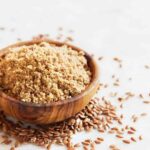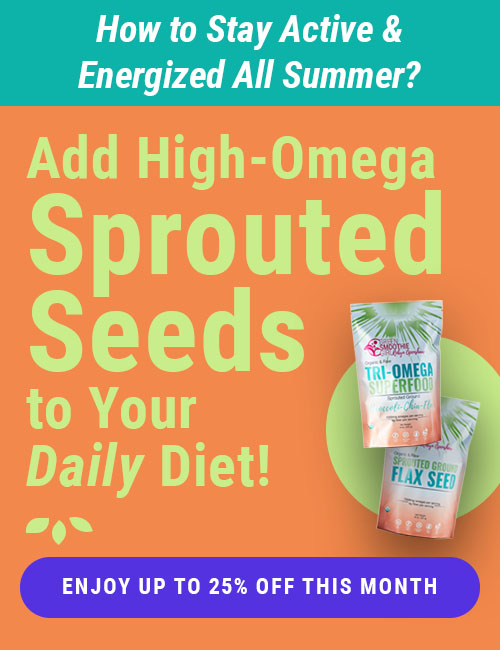chocolate: friend or foe?
Dear GreenSmoothieGirl: Is chocolate actually good for me? Will you do a good/better/best on all the carob and chocolate options? I’m craving chocolate after having a baby and want to know what’s best.
Answer: It’s a confusing subject because so many products have been made from cacao, the seed of the fruit, the whole food, that is the source for “chocolate.” (Most processed chocolate products manufactured by candy companies have precious little cacao in them, if any–they are often chocolate-FLAVORED products.)
Chocolate has been given a lot of attention lately because of some of its nutritional properties. It’s tempting to WANT to see it as a cure-all. Why?
Because it has compounds in it that make us (myself included) crave it. In fact, just writing this, I had to take a break to find chocolate, because I was daydreaming about it. There’s a built-in desire to call chocolate a health food.
No, I’m not about to tell you to avoid chocolate. (Whew!) Unprocessed dark chocolate is a very complex food with hundreds of chemical compounds, many of which are very beneficial nutritionally.
Those who market it tout its ORAC score (a cumulative antioxidant score) of over 13,000, higher than virtually any other food, even green tea and acai berries. Dark chocolate contains heart-healthy, cancer-preventing nutrients linked to helpful blood thinning, protection against diabetes, mental alertness, even weight loss. It’s high in minerals as well.
(A caveat, however: those same nutrients can be found in other, lower calorie and lower fat, raw plant foods that cost less than $1/lb. And along with the healthy dark chocolate usually comes lots of fat and sugar, and usually quite a bit of processing that loses some of the health benefits.)
If you do eat chocolate, find cacao content at 60% or above. If you’re accustomed to processed “chocolate,” you may barely recognize the dark, bitter, earthy taste of the whole food.
Cacao is the seed of the fruit, the whole food, that chocolate comes from (before it is typically and often processed to a nearly unrecognizable form). Cacao is also called cocoa beans or nuts or seeds. Dried cocoa beans are called cocoa nibs.
A very aggressive network marketing company sells little daily bites of chocolate–not organic, not raw, but high in cacao and sweetened fairly naturally–that calculate to be about $60/lb.
That is correct, $60/lb. And they’re selling it by the UPS truckload–even though superior products cost 1/6th that amount in retail outlets. The only good thing I have to say about that is that they’re feeding you about the right amount, daily: a small nugget of dark chocolate. These products are still very high in fat and some type of concentrated sweetener, so more is not better.
And if you’re eating lots of expensive dark chocolate and can’t afford a whole-foods pantry, please re-evaluate your spending decisions.
If you’re going to eat chocolate, preferably eat organic, fair traded, high cacao-content (60% or higher), naturally sweetened (agave, maple syrup, stevia, etc. rather than cane sugar). I do not really believe any labeling of chocolate products as “raw.”
First, there has to be some processing; and second, since virtually all chocolate is coming out of third-world countries, policing that is difficult at best and impossible at worst. (Same issue we’ve been discussing with agave.)
Carob is a chocolate “wannabe” that does not stimulate the dopamine receptors in the brain like chocolate does. It doesn’t contain natural stimulants theobromine and caffeine like chocolate does, which may cause people to feel unwell. If you like the flavor of carob, that’s possibly your “best” option in the good/better/best analysis below.
But most people seek chocolate for a reason: it has the feel-good amino acid tryptophan which makes the brain transmitter serotonin that depressed people lack. In short, chocolate makes us happy.
So here it is:
Good: dark chocolate, naturally sweetened (no HFCS or other refined sugars)
Better: Dark chocolate (60% cacao or better, 80% if that’s not too dark for you). Free traded, organic, naturally sweetened bars are about $10-15/lb. at health food stores. Or make your own recipes using non-alkalized, unsweetened cocoa powder.
Best: make your own recipes (Ch. 11 of 12 Steps to Whole Foods, or other raw-food recipes) with raw cacao nibs.
Use sweeteners like stevia, maple syrup, raw agave. Use virgin coconut oil or avocadoes for the fat. Or skip chocolate altogether and use CAROB if you like the taste of it better.
In terms of the products you can purchase, the ORAC scores tell us this:
Good: non-alkalized (non-Dutched) unsweetened cocoa powder
Better: Dark chocolate, roasted cacao powder
Best: Raw cacao powder or raw cacao nibs
Posted in: Whole Food













